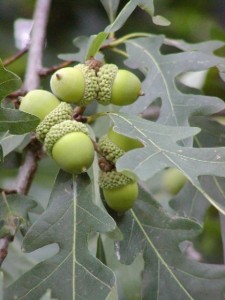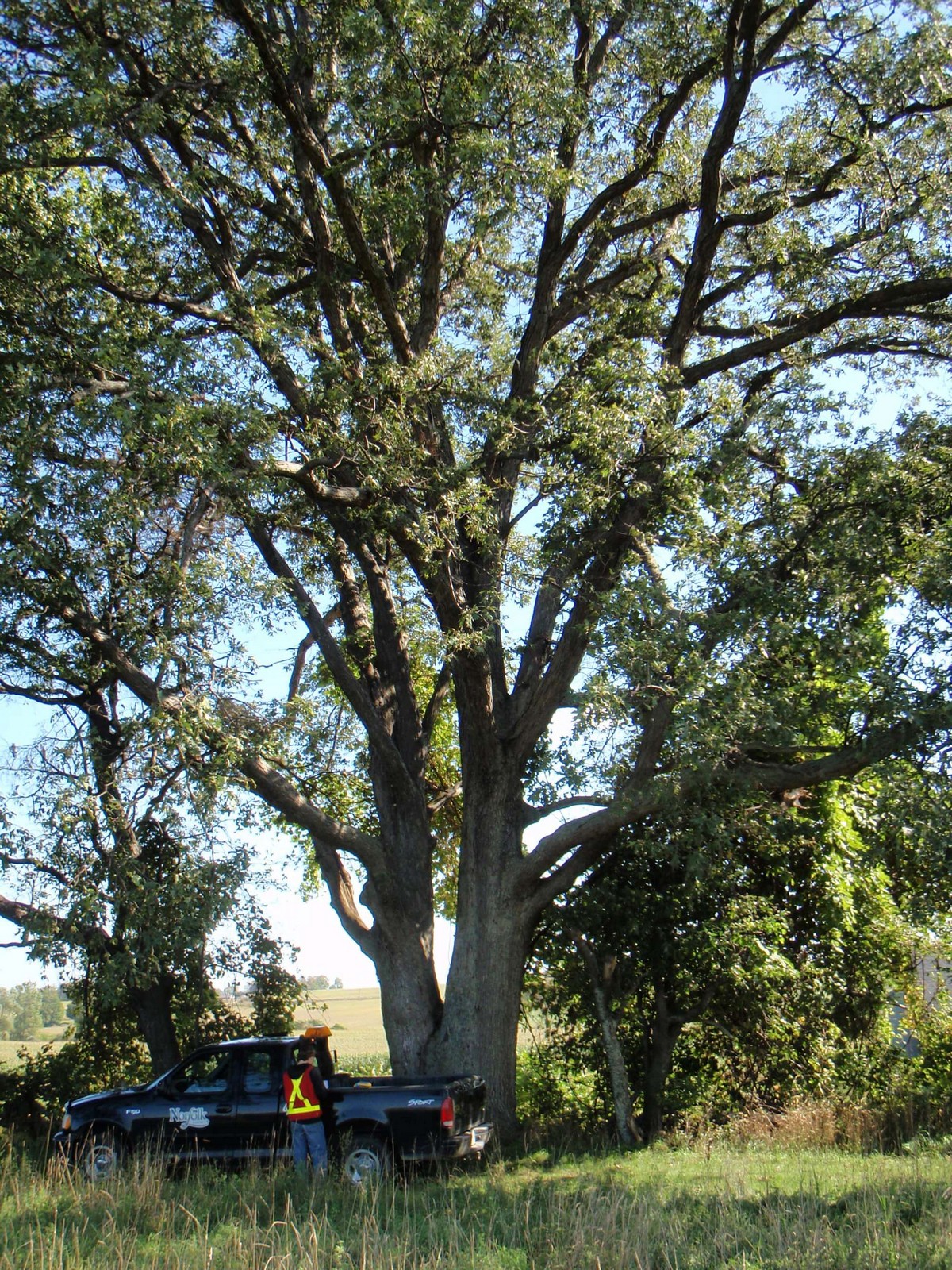Quercus alba
Owner: John Murhpy
Nominator: Patrick Jr., Matt, Daniel, and Luke Murhpy
Height: 29.6 m (97.1 ft)
Diameter: 168.15 cm (66.2 in)
Circumference: 528 cm (207.9 in)
Description
The White Oak is an outstanding native hardwood species and can be found across much of eastern North America. It is a large, long-lived tree often growing 24-30 m in height and 91-122 cm in DBH. Individual trees 46 m high, 244 cm in DBH, and 600 years old have been recorded. In the open it is characterized by a short stocky bole with a wide spreading crown. In the forest, white oaks develop a tall, straight trunk with a compact crown. It grows on a wide range of soils, and growth is good on all but the driest, shallowest soils. Associated forest cover may include: hickories, upland oaks, tulip tree, basswood, white ash, beech, sugar maple, white pine, and eastern hemlock. Classed as intermediate in tolerance to shade, it is most tolerant in its youth and becomes less tolerant as the tree becomes larger. Its acorns are valuable though inconsistent source of wildlife food. More than 180 different kinds of birds and mammals use oak acorns as food; among them are squirrels, blue jays, crows, red-headed woodpeckers, deer, turkey, quail, mice, chipmunks, ducks and raccoons. White oak is sometimes planted as an ornamental tree because of its broad round crown, dense foliage, and purplish-red to violet-purple fall coloration. Its high-grade wood is useful for many things, an important one being staves for barrels. It is the most important lumber tree of the white oak group. (Source: Silvics of North America)
White Oak leaves and acorns 

